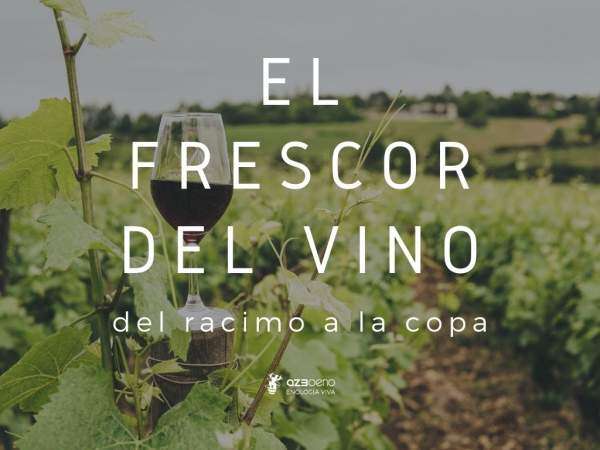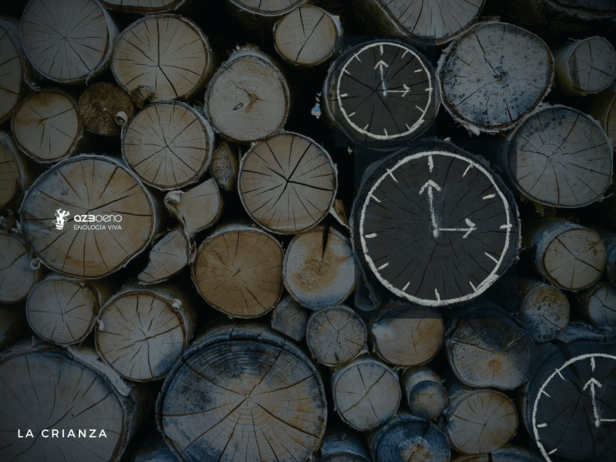
The fashion for fresh wines has ceased to be fashion to become a trend; more and more consumers are looking for elegance, length and freshness above all.
The fashion for fresh wines has ceased to be fashion to become a trend; more and more consumers are looking for elegance, length and freshness above all.
Despite the idea of lightness, subtlety and ease that the word freshness produces, when we apply it to wine it acquires a deep and complex dimension about which there is much to debate. In this post and subsequent posts, until early autumn, we’ll present our vision and interpretation of wine freshness: What is it? Where does it come from? How can you achieve it and enhance it in each phase of development? How can you protect it and give it longevity?
Freshness is a group of aromatic, tactile and tasting sensations that mean that make something appealing, which captivates our senses and invites us to do it again. In wine, the concept of freshness is not limited to the olfactory perception of certain fruity aromas, it goes further and also includes other types of aromas and the range of sensations in the mouth that make consumers want the next drink.
From the aromatic point of view, the chemical origin of freshness is diverse in terms of chemical species, many of the odorant molecules that we perceive as "fresh" come from different levels of maturity and are expressed in different winemaking appraoches.
The first wine molecules that come to mind when we think of freshness are pyrazines and thiols, normally associated with the first stages of maturation. But some acetates from fermentation are also perceived as fresh and totally unbound from the level of maturity, many oak components and even some terpenes that are paradoxically obtained with high ripeness in the grape.
Making a fresh wine is not harvesting green, making a fresh wine is bringing the grape to the optimal maturity according to the potential of the plot and knowing how to interpret that grape and that maturity to express all the freshness contained therein. Despite the pressure of global warming, we can also find freshness in maturity.
As for the sensations in the mouth, we can define freshness as volume, structure and persistence, capable of sustaining and accompanying the aromatic perception to carry it to the end of the mouth leaving that memory that makes us want to do it again
Structure plays an important role in relation to freshness; it can enhance and protect it if we achieve harmony and balance or, on the contrary, completely inhibit its expression if its components are out of balance. In white wines the structure is made up of alcohol, acidity and fat, in red wines tannin must be added; making a fresh wine is not making a light wine, it is finding the right balance between these elements to configure the structure and the fresh aromatic expression.
Oak is another great friend/enemy of freshness, friend because it can directly contribute it or simply express and protect it, enemy because you can inhibit its expression or completely mask it. The type of oak, its format, the toasting and the times when we use it will determine its involvement.
The freshness of the wine is neither a specific maturity, nor an enological product, nor a production protocol.
The freshness of the wine is the proper interpretation of the grape and a corresponding production approach. The freshness of the wine is LIVING ENOLOGY.
In the next post we will discuss the first step "freshness in the vineyard".
Related news
More than winemaking machines
The winemaker is the artist who observes the vineyard, interprets it and imagines the wine that could be produced from this plot.
Was it the wood or the process?
Today, we are thinking about one of the most important stages of production: the aging of the wine.
How can you save money and preserve the fruit?
NURTURE, produce, feed and educate a living entity until its full development.


